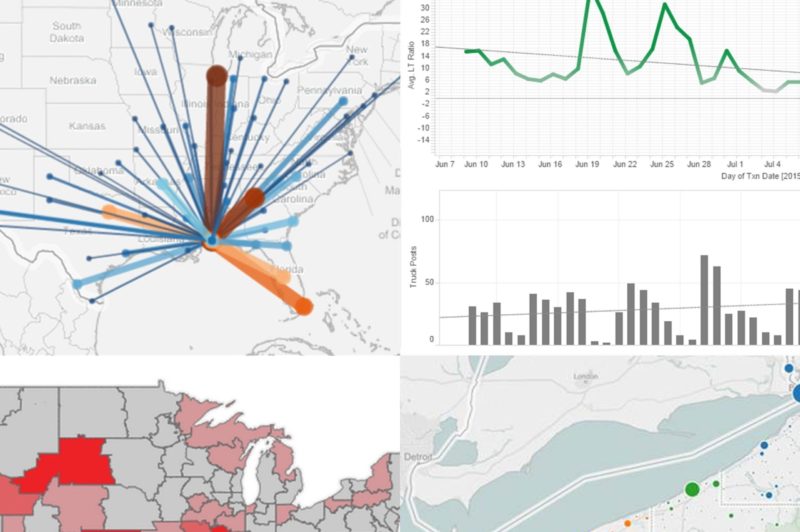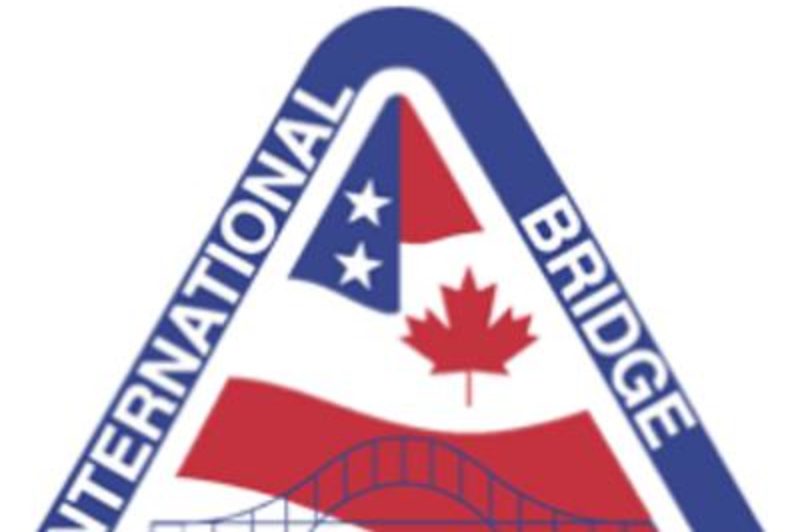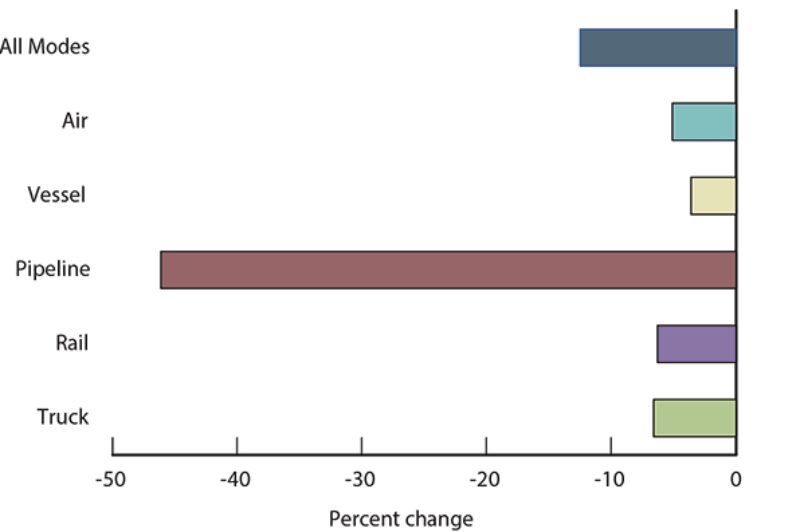
cross border trucking


NAFTA deal still in question
TORONTO, ON – The future of NAFTA remains uncertain as negotiators prepare for their latest round of meetings, this time in Montreal. Months into discussions, nobody even knows if U.S. President Donald Trump will decide to outright scrap the deal that governs every load of cross-border freight. With about 10 million trucks crossing between Canada and the U.S. each year, there is plenty of business at stake. A recent survey by Export Development Canada even found that 26% of exporters would shift their business to the U.S. if the agreement was revoked outright. Trade between the U.S. and Canada tripled between 1986 and 2017, Canadian International Freight Forwarders Association executive director Ruth Snowden observed, during a January 17 seminar hosted by the Fernandes Hearn law firm in Toronto. “If [NAFTA] goes, it could be very significant.”

Nova Scotia-Maine Ferry Operator Asks for More Time
HALIFAX, NS -- The company that provides ferry service between Yarmouth, NS and Portland, ME, including commercial vehicle transport, says it needs three more years of taxpayer assistance before it can survive on its own but the provincial government may not be willing to wait that long.

New DAT Analytics Service Includes 14 Canadian Markets
PORTLAND, OR - Fourteen Canadian markets are included in a new online analytics service launched by DAT Solutions so transportation and logistics professionals can access truck and load data on the 149 key market areas in North America with the highest concentrations of inbound and outbound freight.





U.S. Canada Freight Flow Value Drops
WASHINGTON, D.C. -- The value of U.S.-Canada freight plummeted in April, according to a new U.S. Transportation Department report, as overall freight traffic between all three North American Free Trade Agreement countries also declined.U.S.-Canada freight totaled US$48.8 billion in April, down 12.5 percent from a year earlier, as all modes of transportation - truck, rail, air, pipeline and vessel - carried a lower value of U.S.-Canada freight than a year earlier. The top commodity category transported between the U.S. and Canada was vehicles and parts, of which 58.2 percent moved by truck and 39.2 percent moved by rail. Vehicles and parts replaced mineral fuels as the top commodity in March. Mineral fuels had been the top commodity by value moved between the U.S. and Canada for 29 consecutive months starting in November 2012. This change is due, in large part, to a decline in the unit price of mineral fuels in recent months.